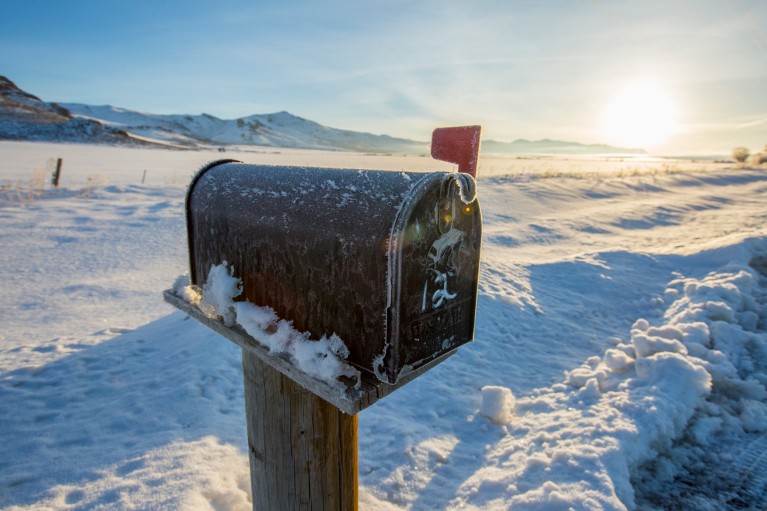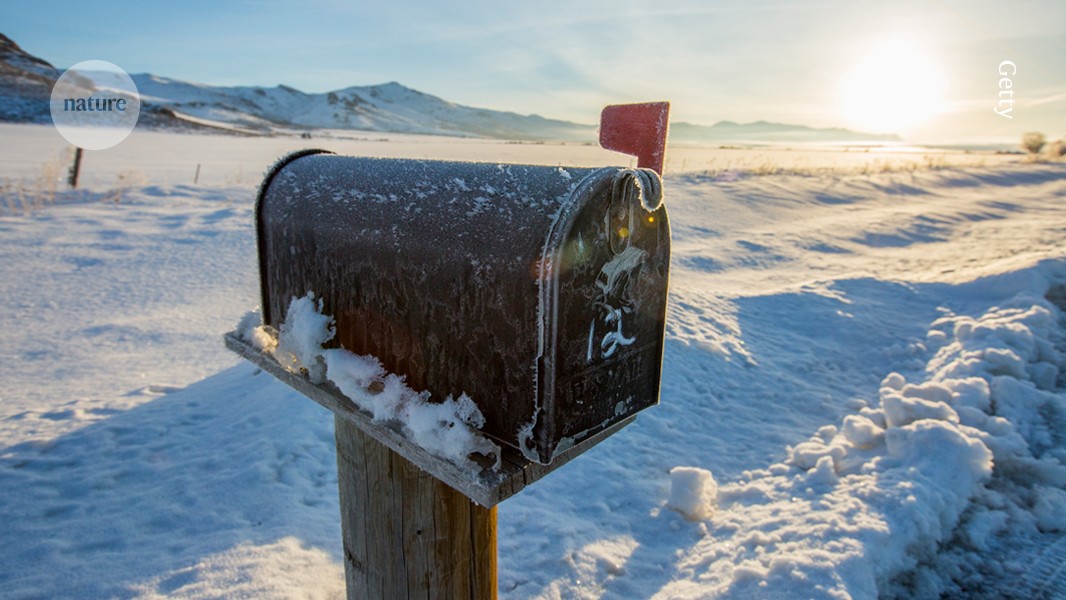
Credit: Getty
Unsolicited applications — commonly known as cold e-mails — can be a surprisingly powerful tool for landing a job in science. According to Nature’s hiring-in-science survey, 43% of laboratory leaders and principal investigators (PIs) think that cold e-mails are an effective way for candidates to get noticed, with 57% saying they “tend to” or “always” respond.
Want a new job in science? Six charts to help you land it
However, with 39% of respondents receiving such e-mails at least monthly — and some daily — crafting one that will stand out is essential. To avoid being dismissed as just another generic or intrusive message, your e-mail must strike the right balance between assertive and respectful.
Here are four key strategies for success, based on survey insights, a panel discussion hosted by Nature’s Careers team last November and interviews with researchers who receive or have successfully written such missives.
Show you understand the workplace
Tailoring your e-mail to the recipient is essential. According to the survey, 58% of hiring managers are most likely to respond to e-mails that demonstrate an understanding of their workplace and research. In academia, the proportion rose to 68%, compared with 48% among hirers in industry(see ‘Top five ways to boost your cold e-mail’s chances’).
Andreas Laustsen-Kiel, a biotechnology entrepreneur at the Technical University of Denmark in Kongens Lyngby, who receives several unsolicited job applications every day, agrees.
“If people write a very generic e-mail, they disqualify themselves,” he said during the Nature panel discussion. “If they’re not going to research my group, they’re probably not going to research other things very well either.”
Explain your motivation
Sharing why you are reaching out now, or to this particular group, can be more important in a cold e-mail than when applying for an advertised post. In the survey, 46% of hirers were more likely to respond to personalized messages, although this was higher in academia (59%) than in industry (29%).
A step-by-step guide to landing your next job in science
Eileen Parkes, an oncology researcher at the University of Oxford, UK, is often left wondering why applicants are reaching out. “What people don’t tell me is what makes them tick,” Parkes said during the Nature panel discussion. “What gets them excited? What makes them want to stay in academia despite better salaries in industry? Those are the e-mails I will pick up and respond to.”
Fernanda Adame, a wetlands ecologist at Griffith University in Brisbane, Australia, who gets cold applications daily, wants to understand applicants’ values — for example, whether they have been involved in any volunteer work or activism. “It’s about having the right incentive,” she says.
Make a professional impression
According to the survey, 53% of hirers are most likely to respond to e-mails that are professional — concise, well structured and respectful of the recipient’s time.
Parkes receives up to ten unsolicited applications per week, some of which are from people looking for PhD positions. She advises applicants to focus on the first and last paragraphs: these are sometimes the only ones that she has time to read before deciding whether to move on. “Make sure those sections are compelling,” she says.




